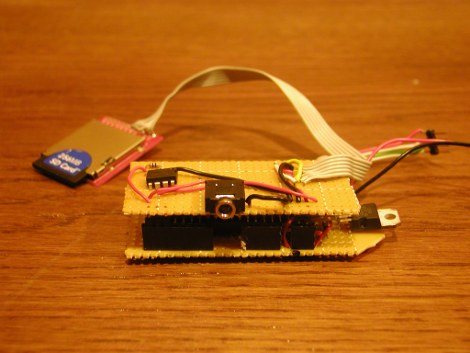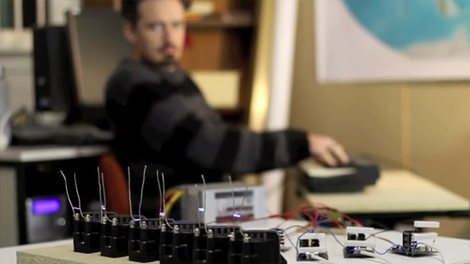
Inspired by the control system for the AMP suits in the movie Avatar, [Feelpavan] built this gesture controlled robotic hand. So far there is functionality for the wrists to rotate and bend, as well as for the fingers to flex (but not individually). This is accomplished by three servo motors on the hand assembly. The instructions for the hand are gathered from your own hand, through the use of an accelerometer and an Arduino that he built himself. Check it out after the break.

















